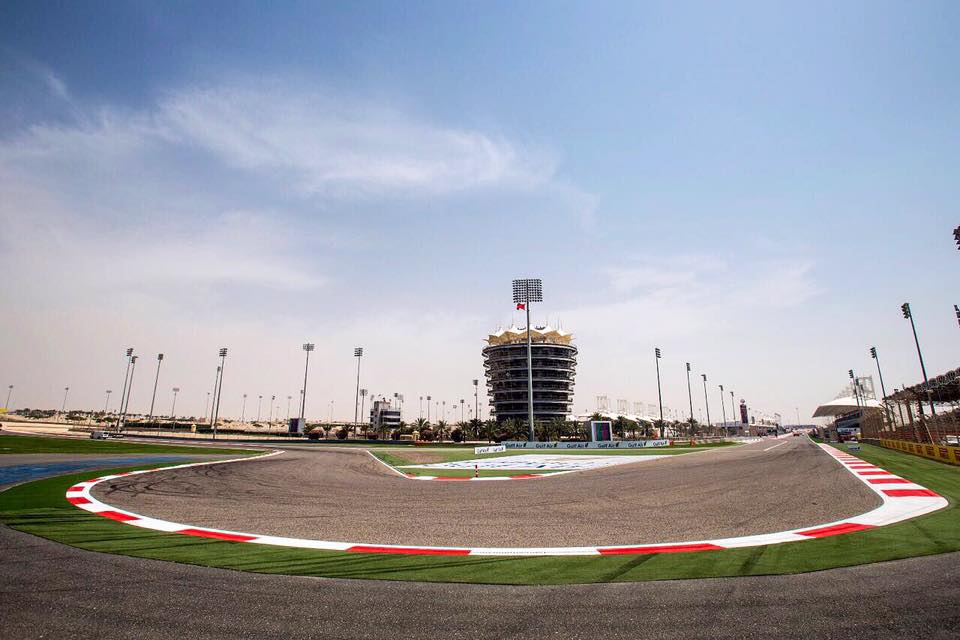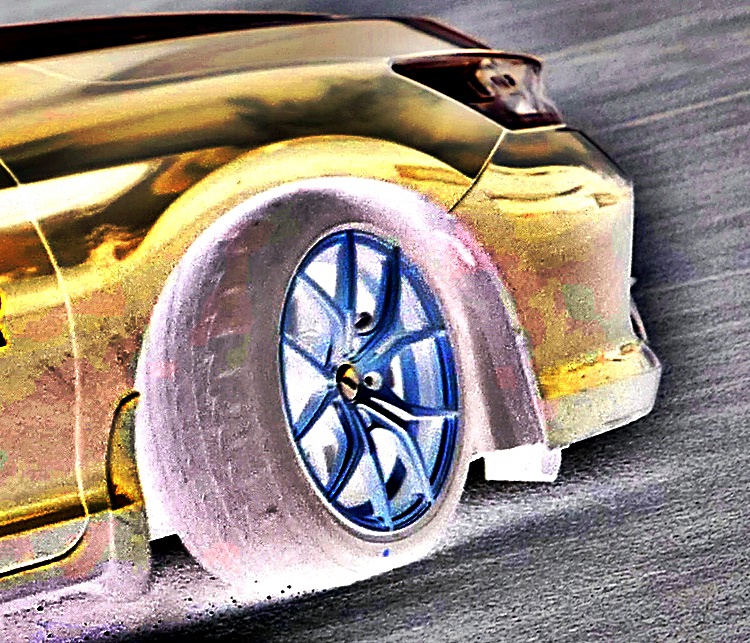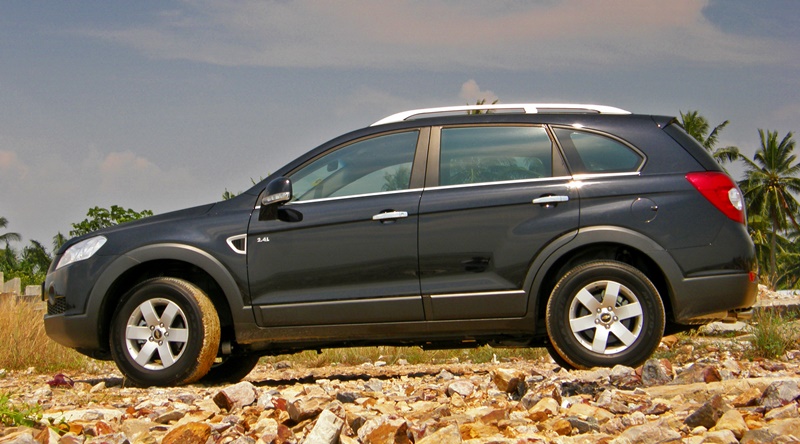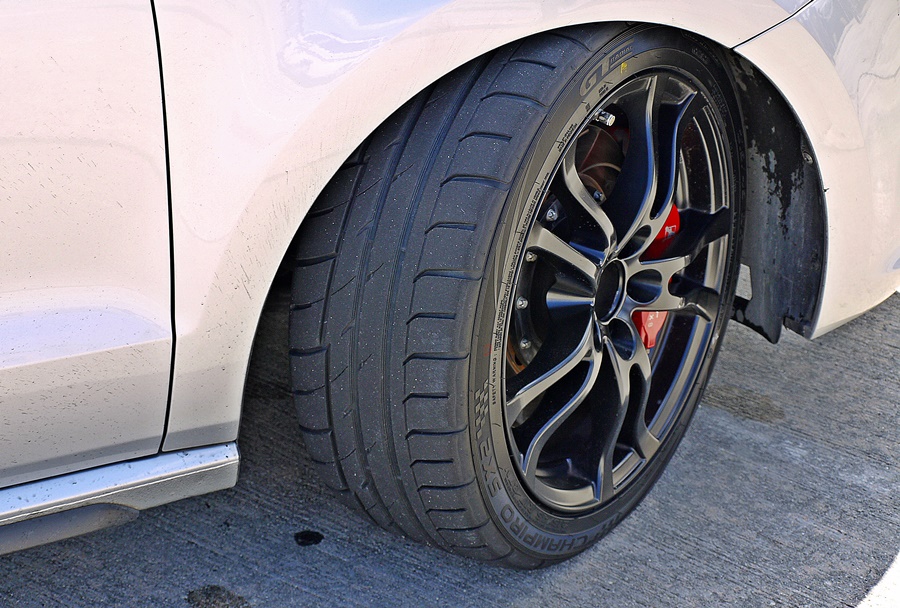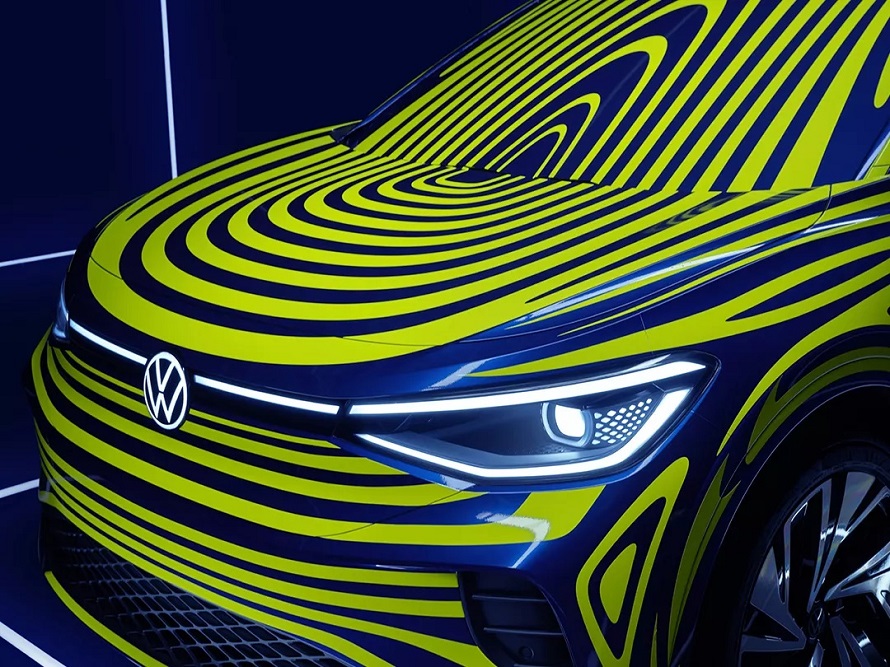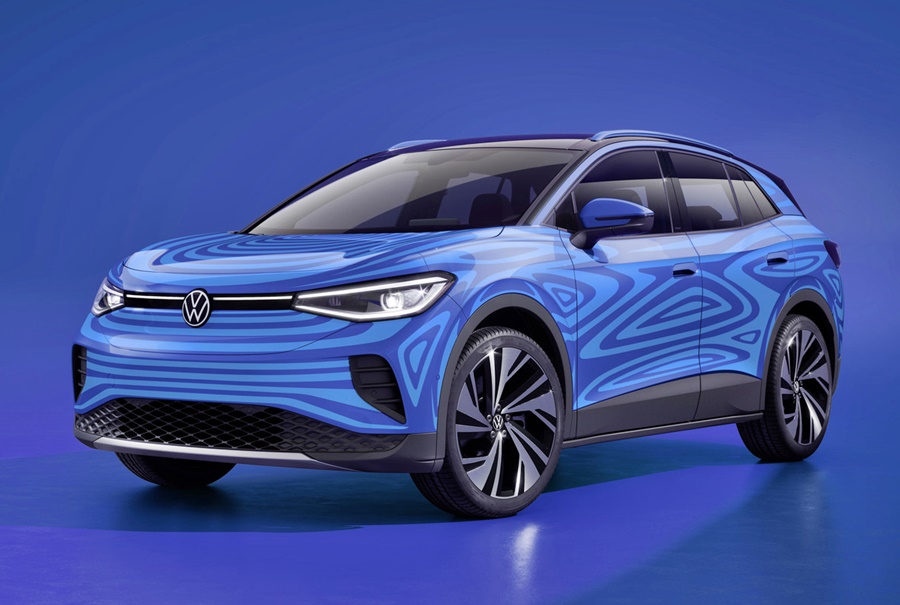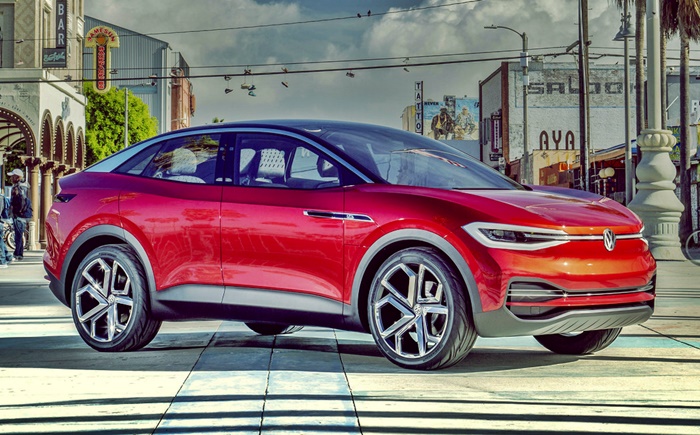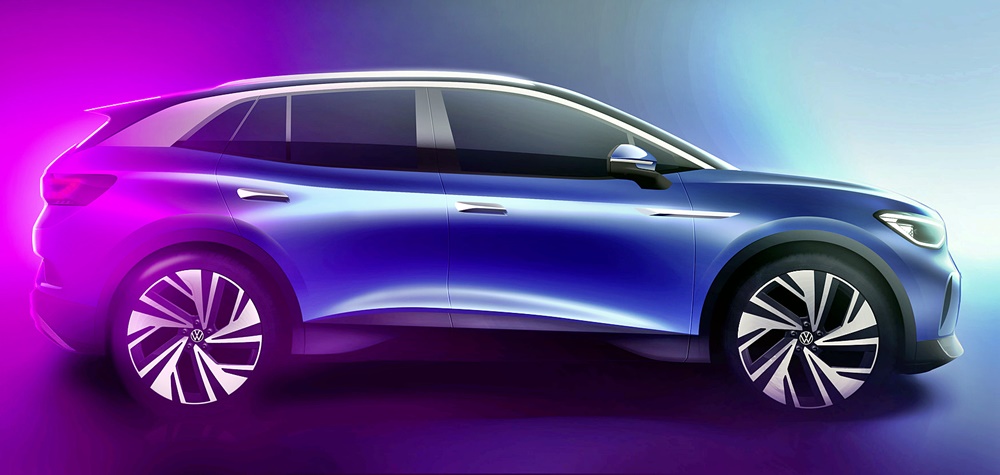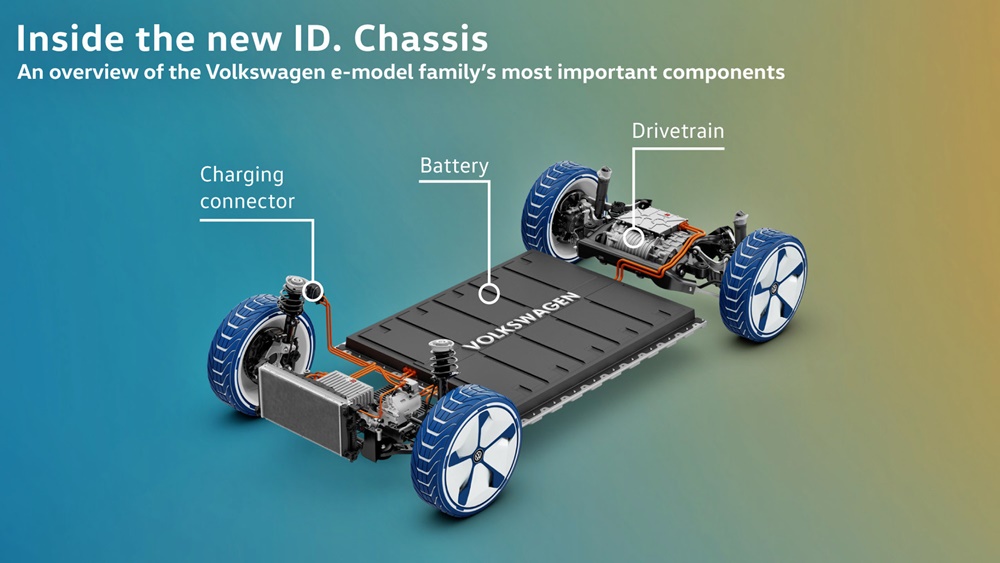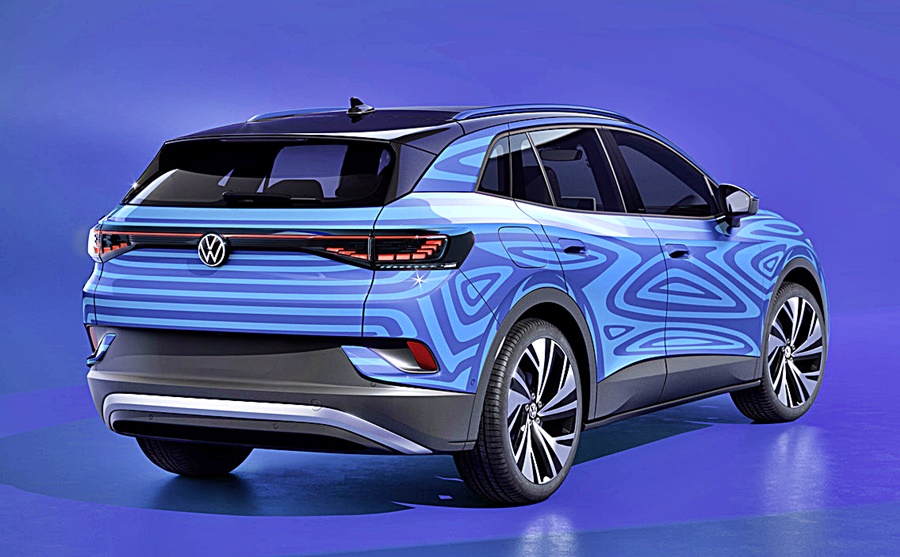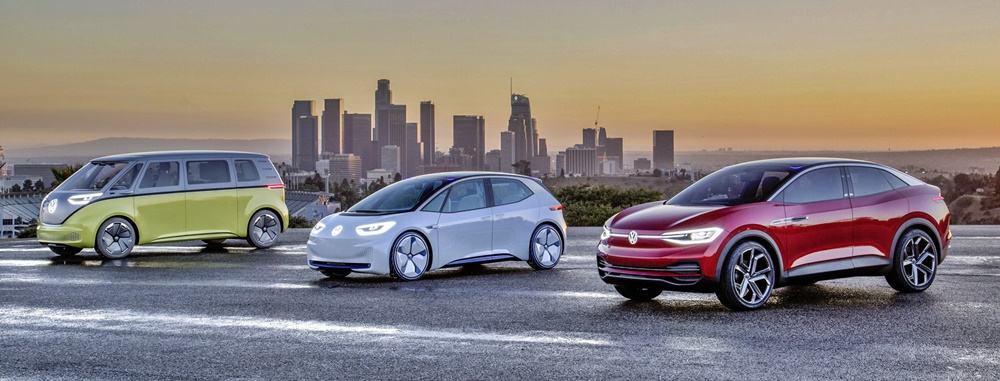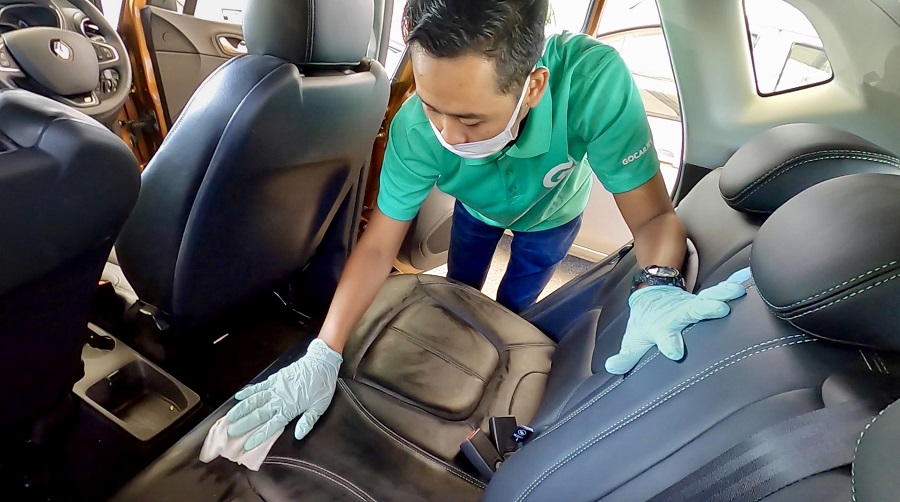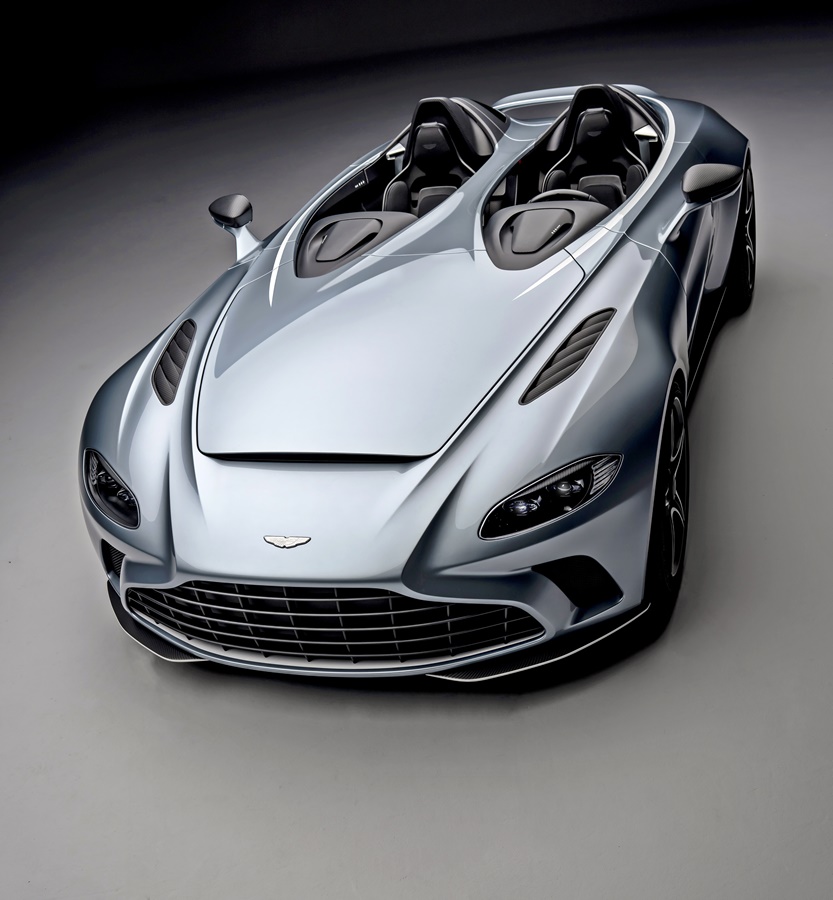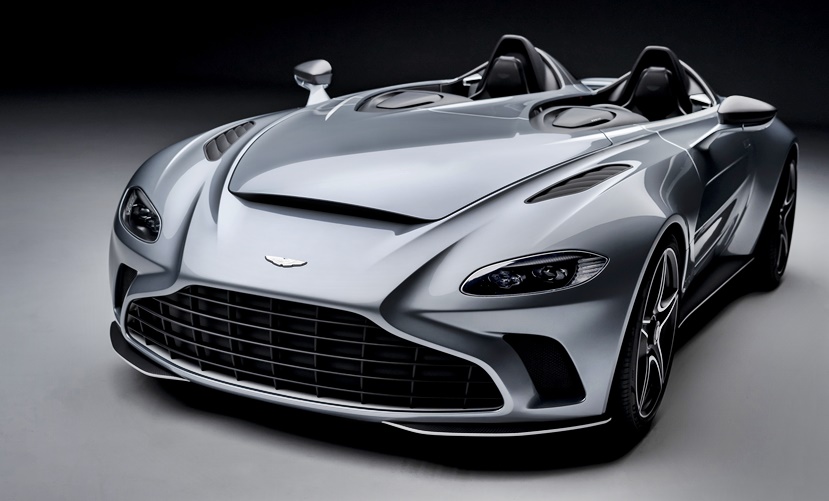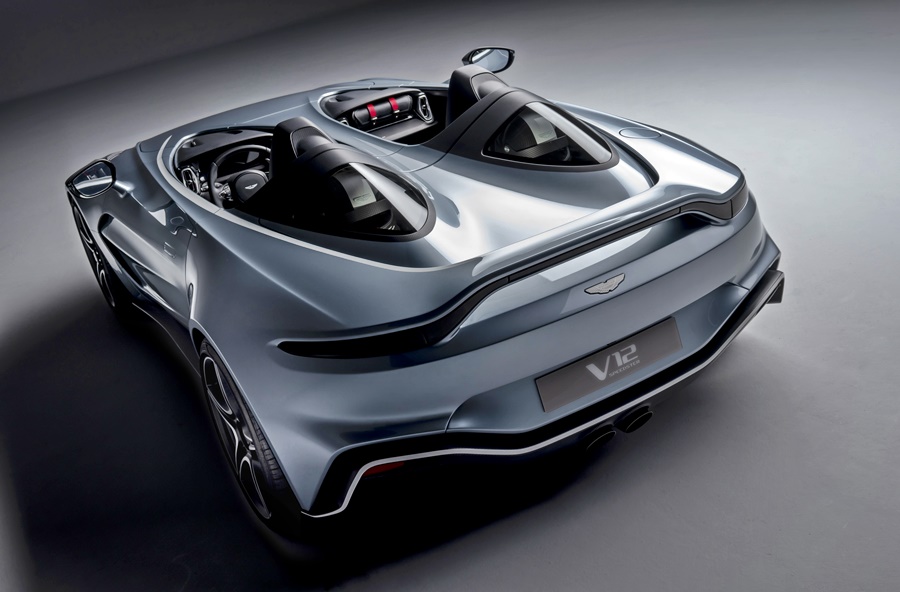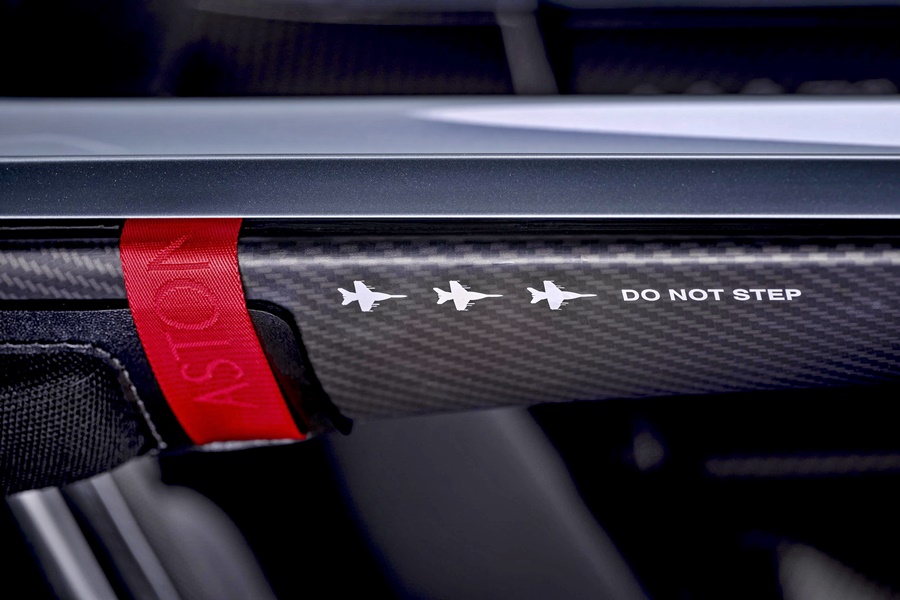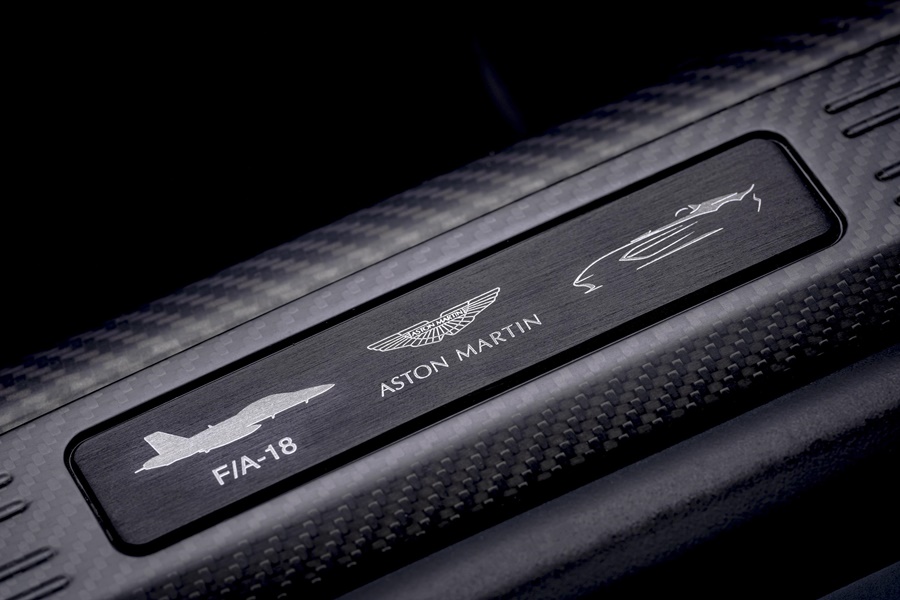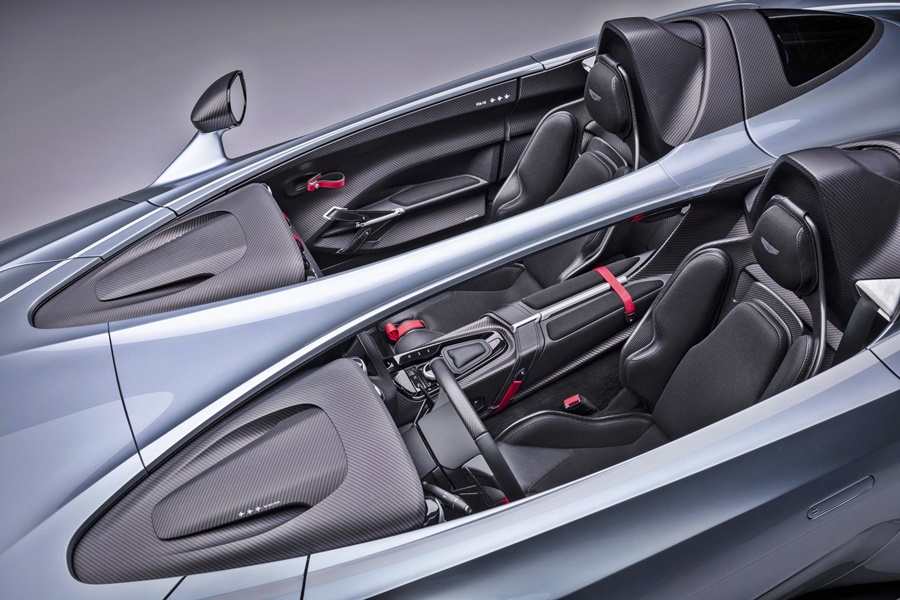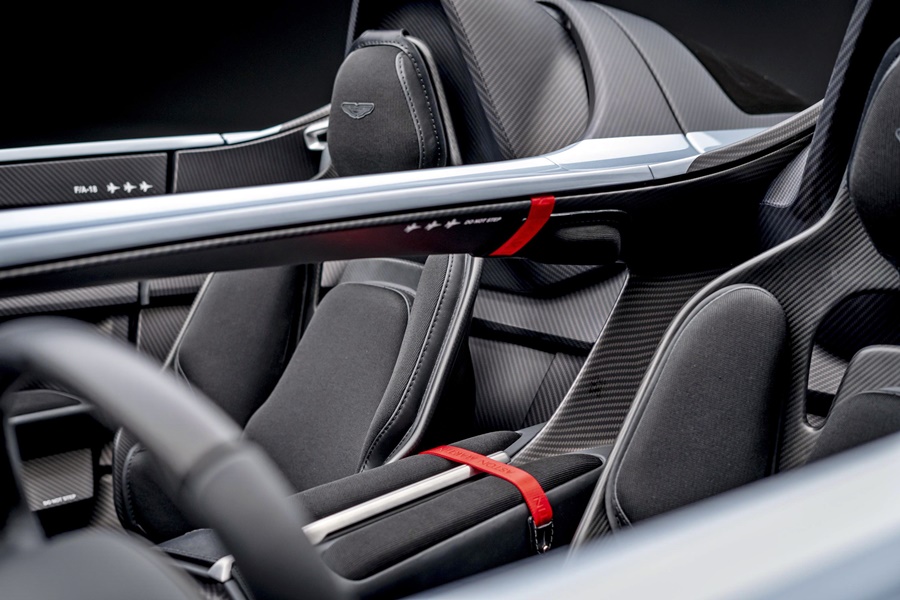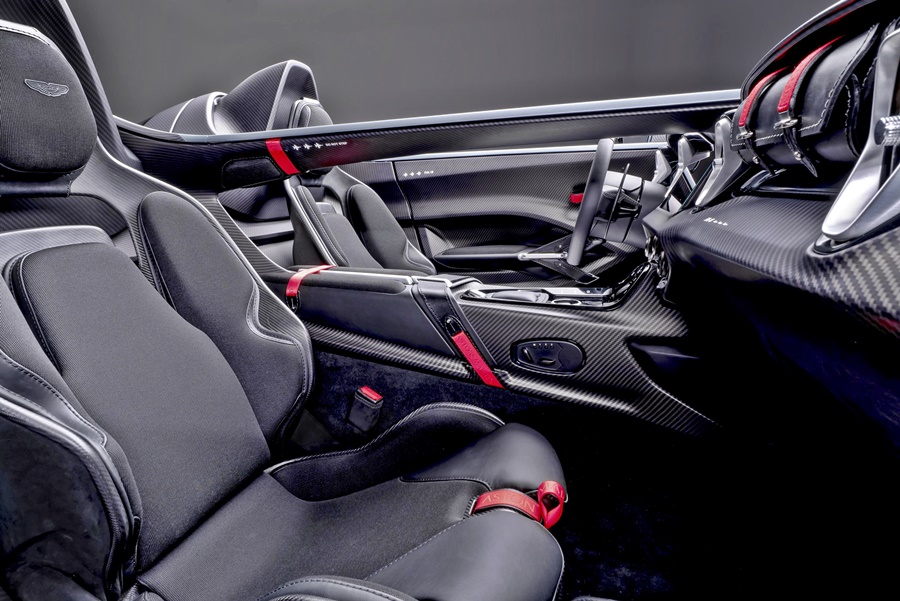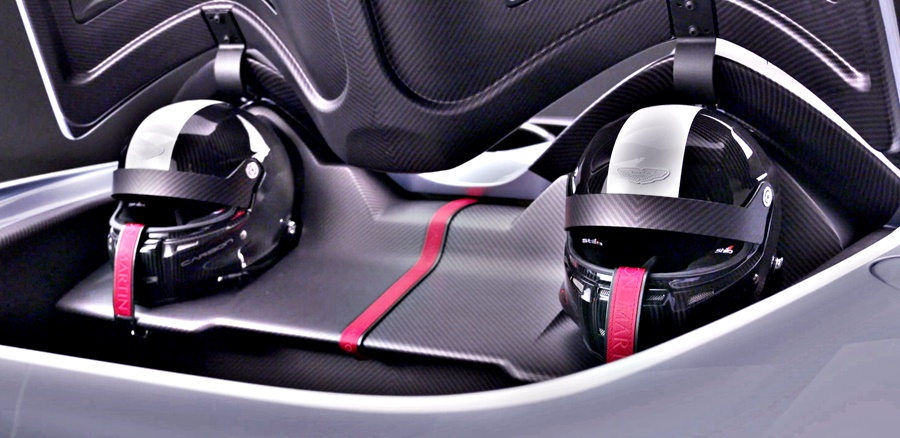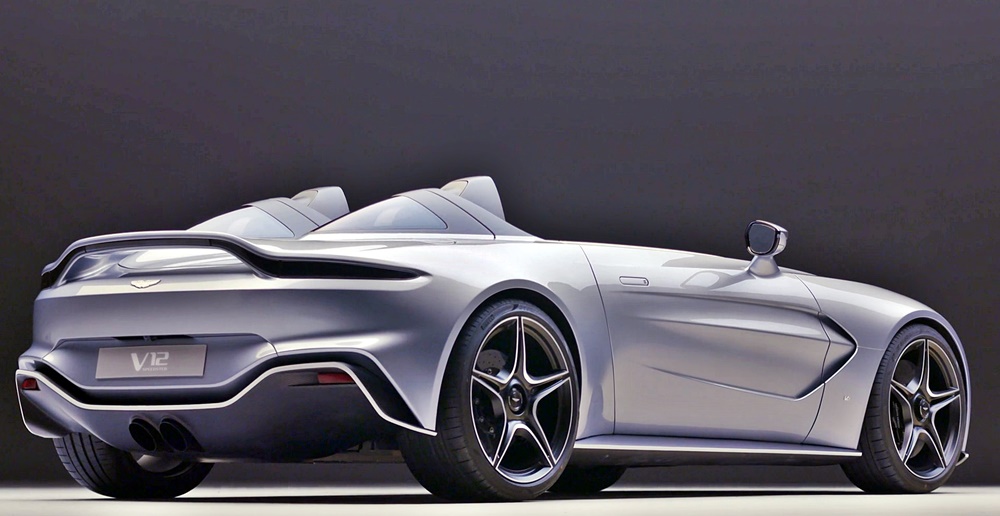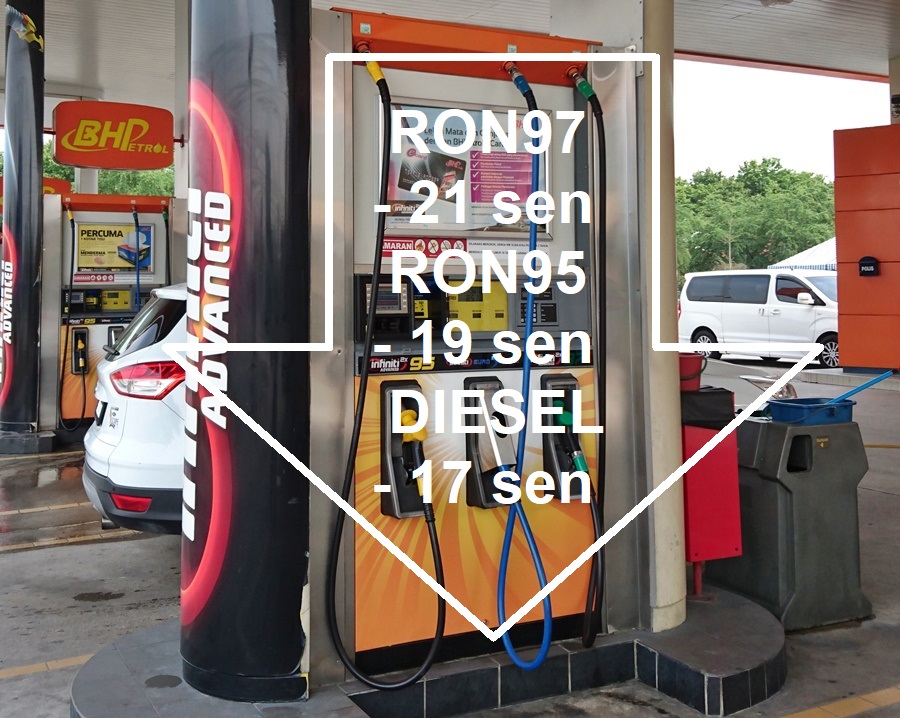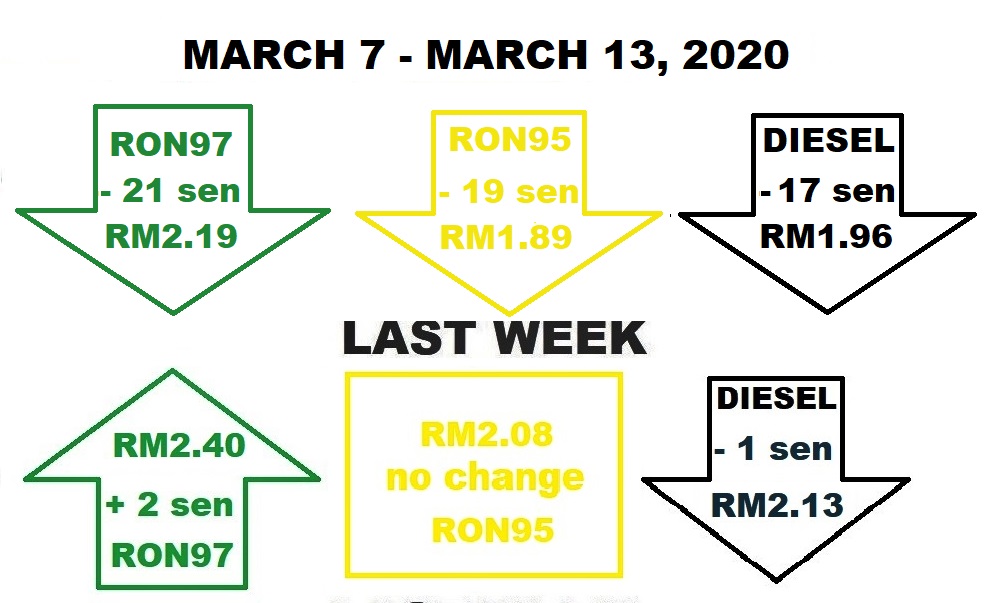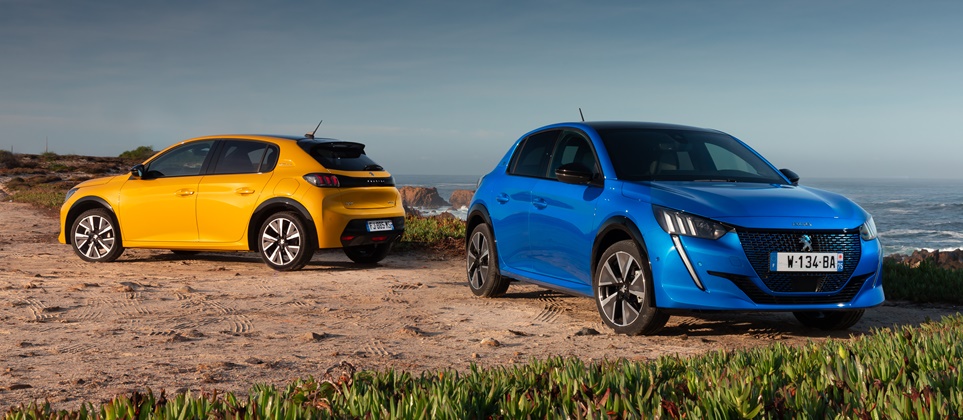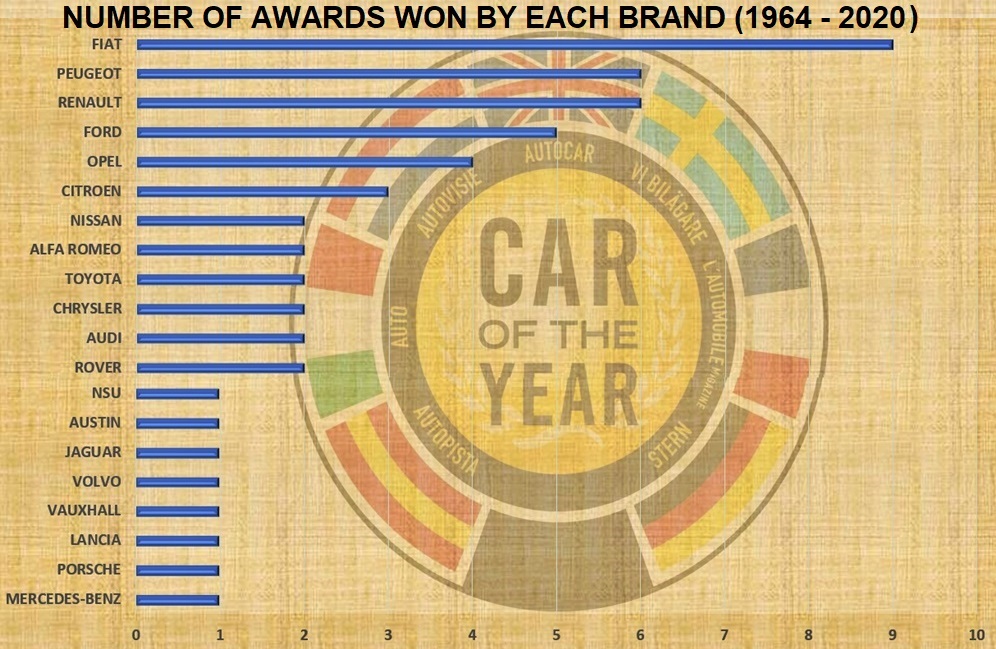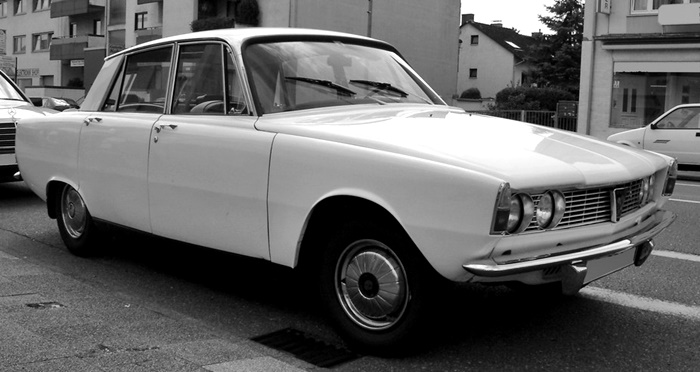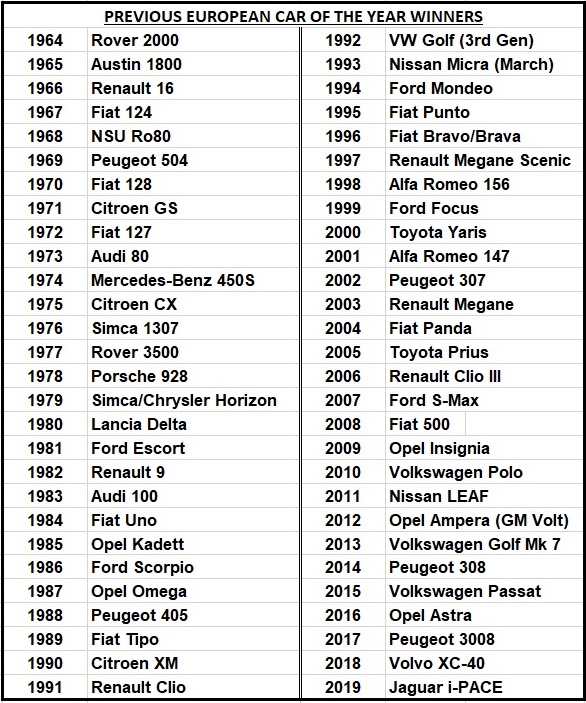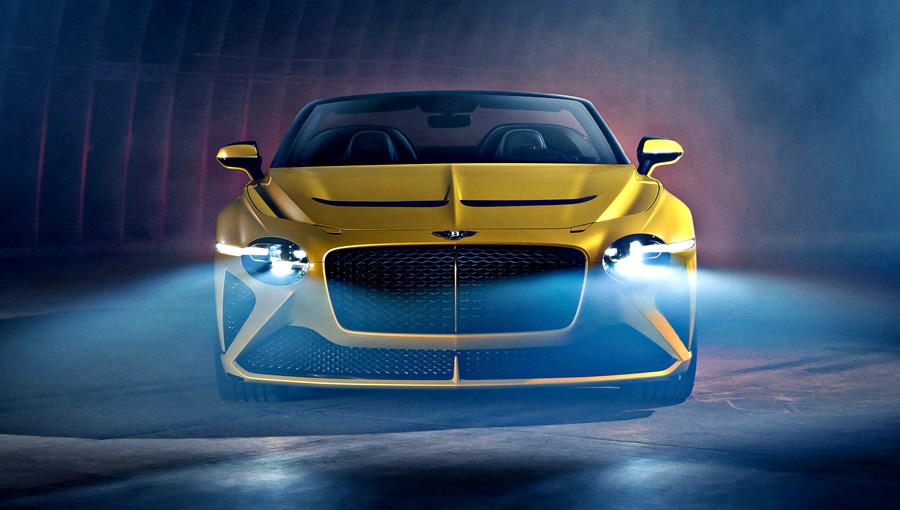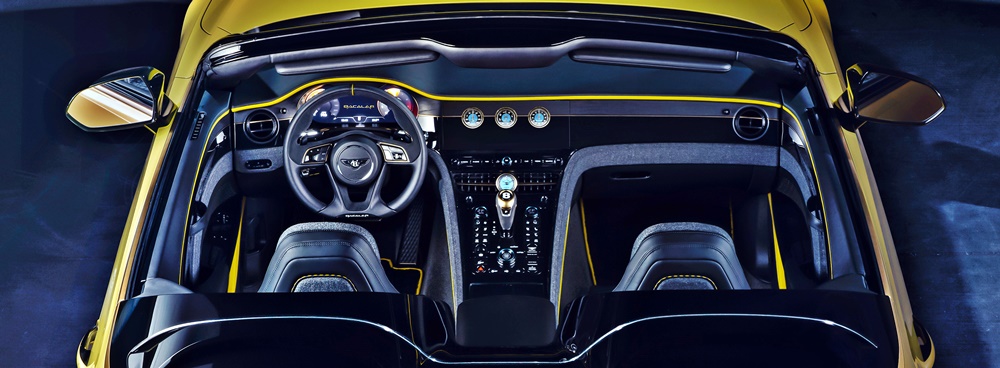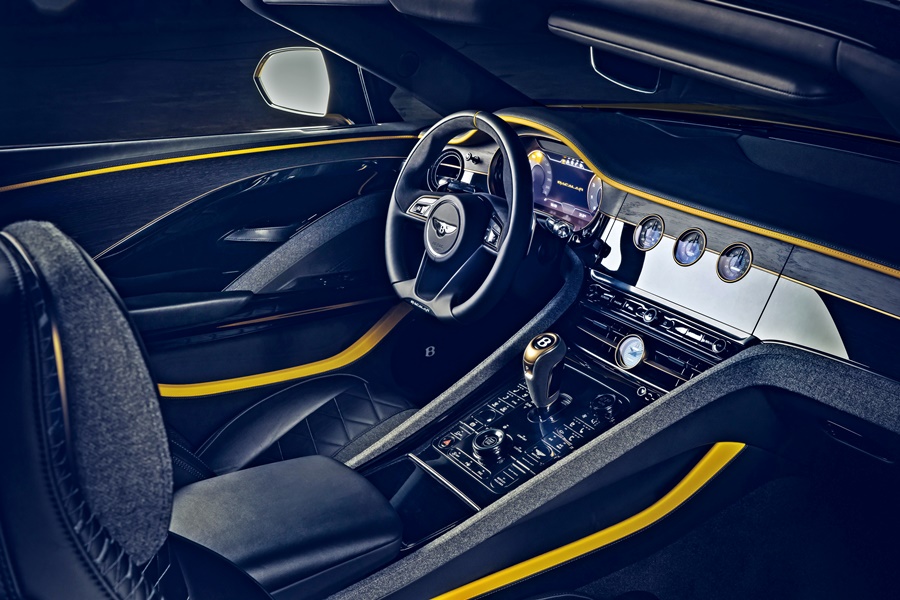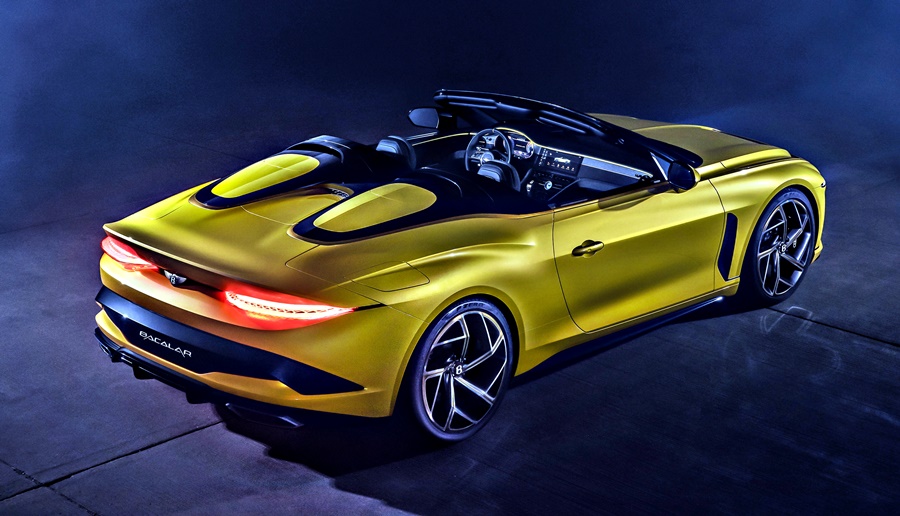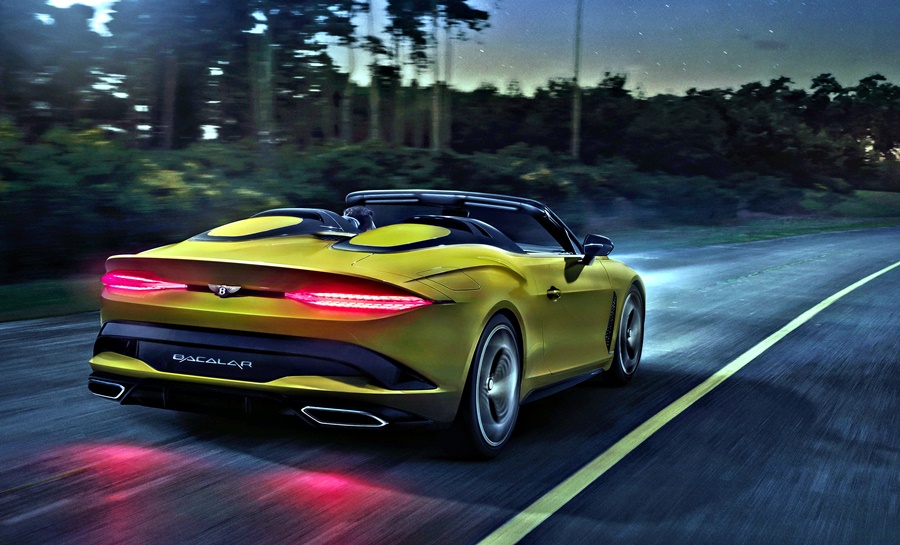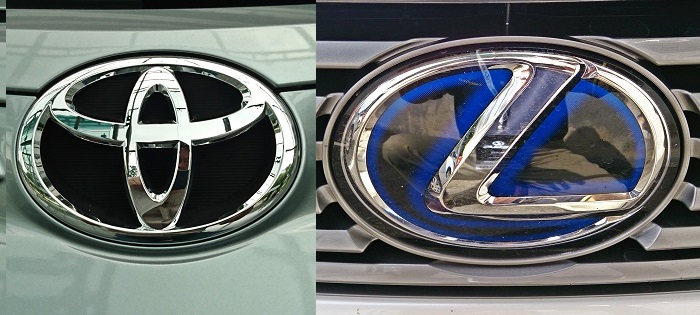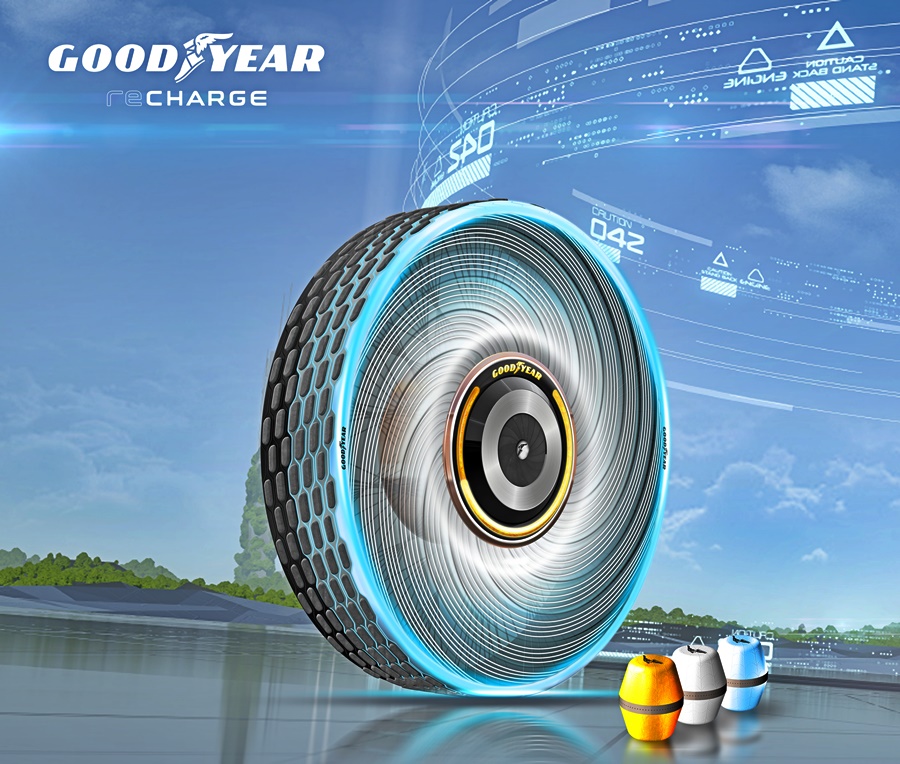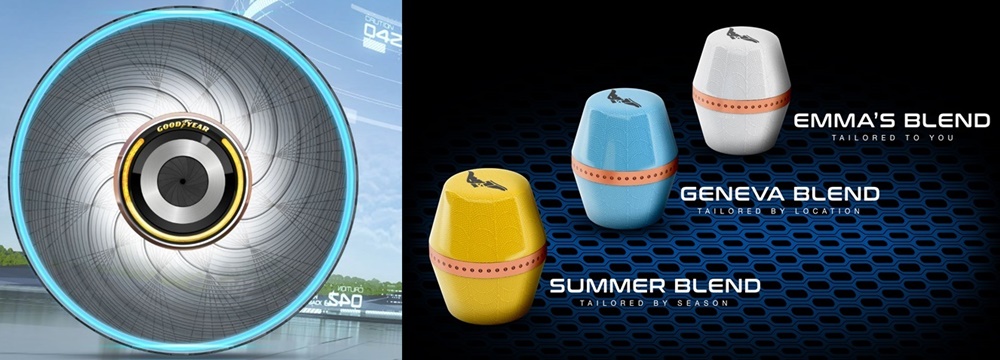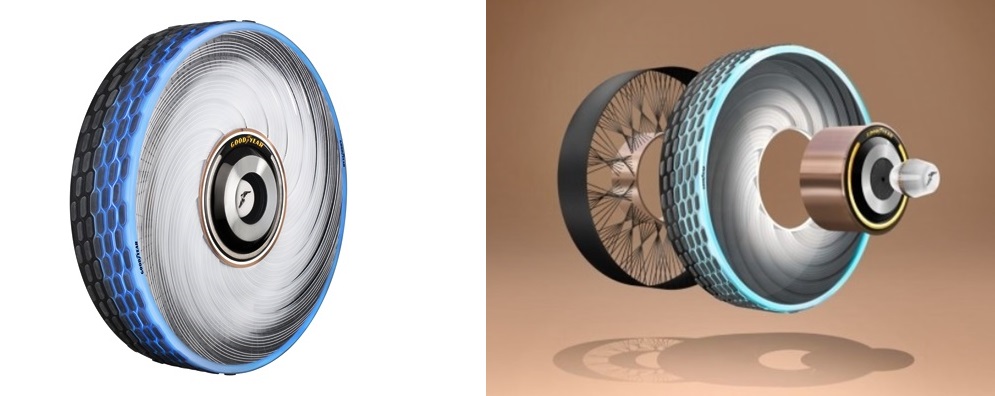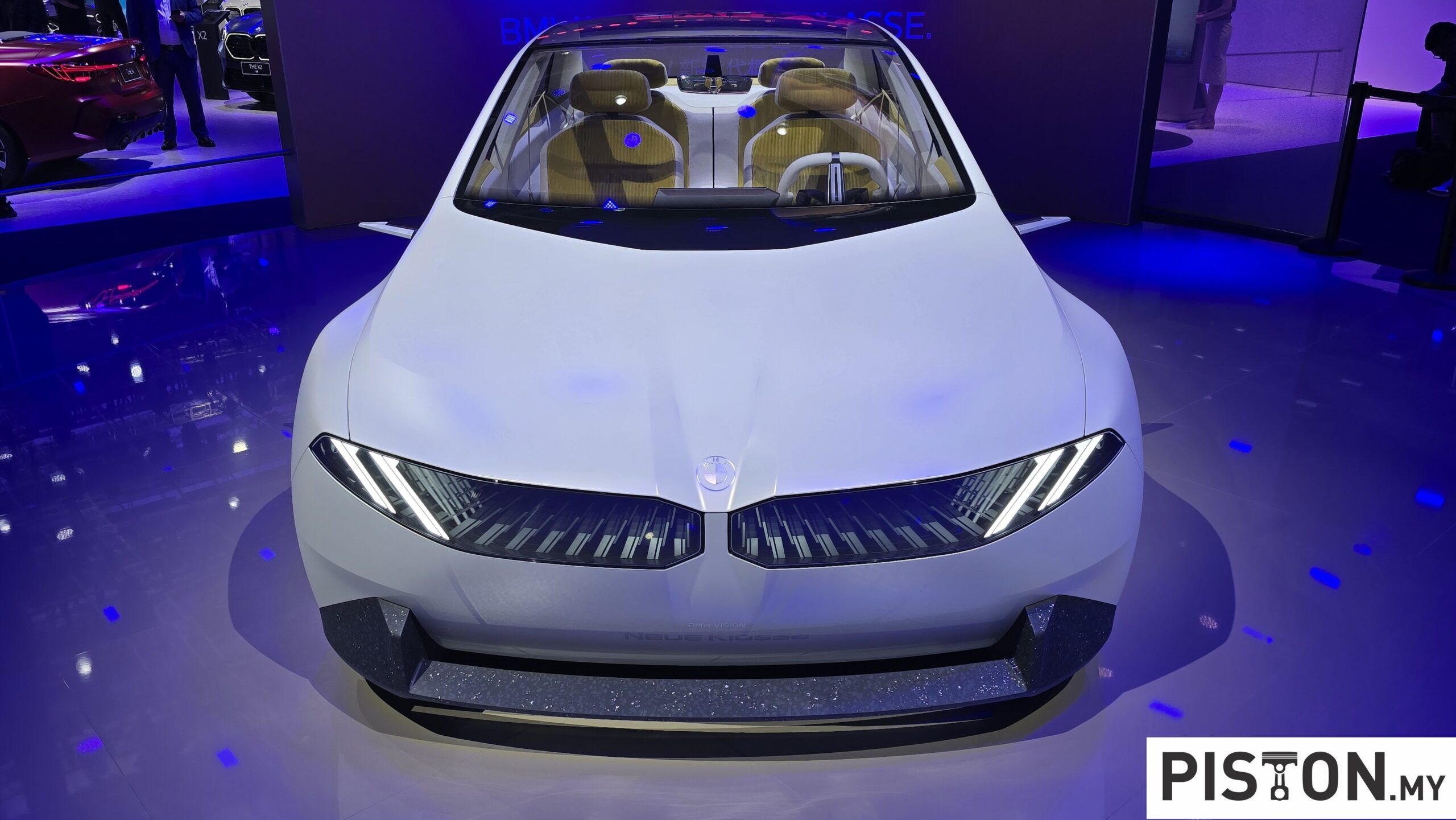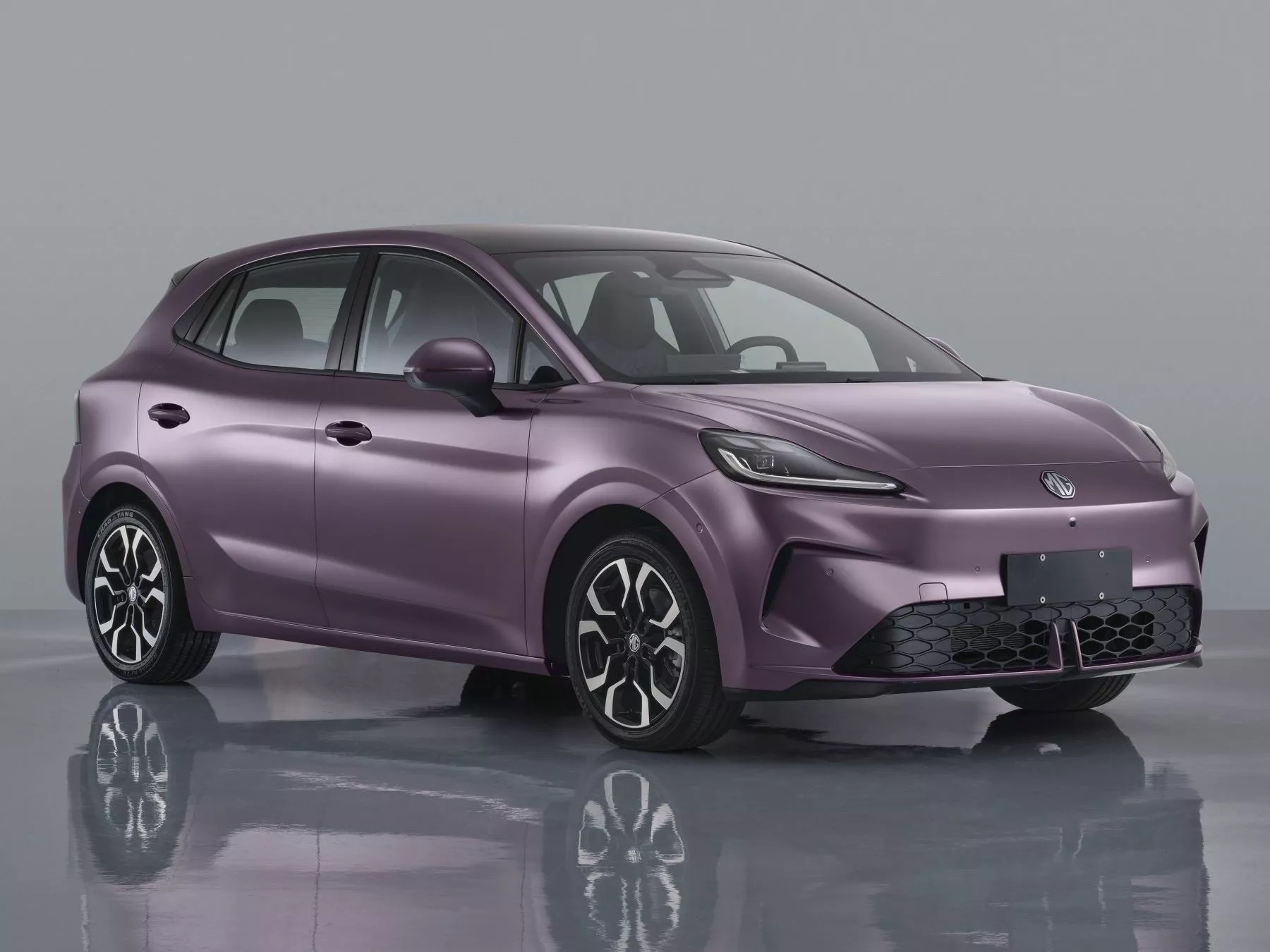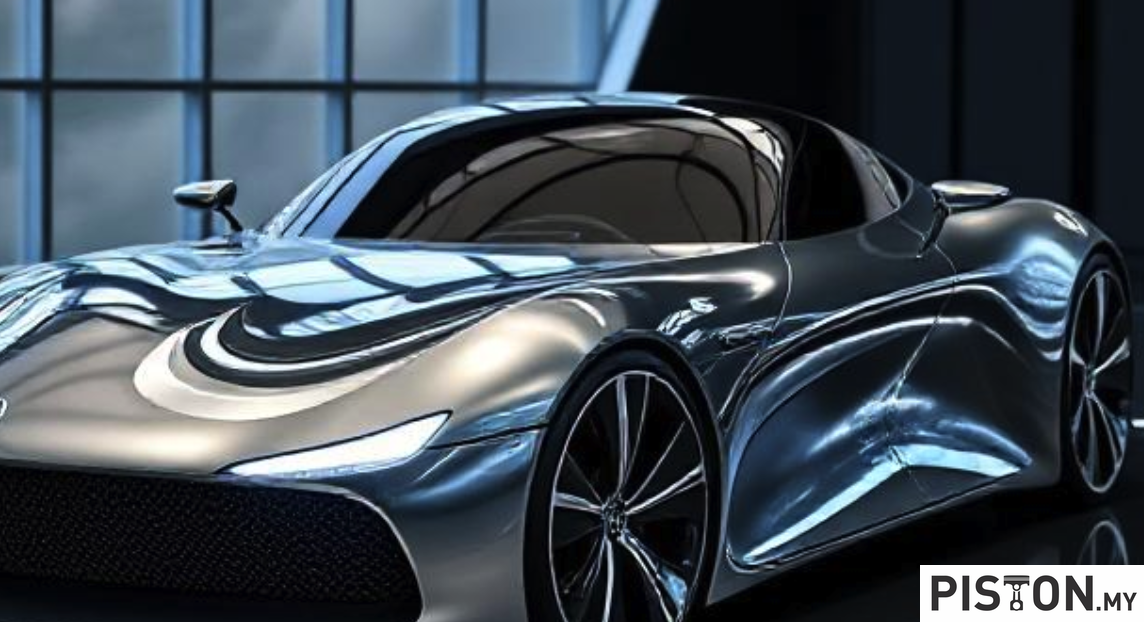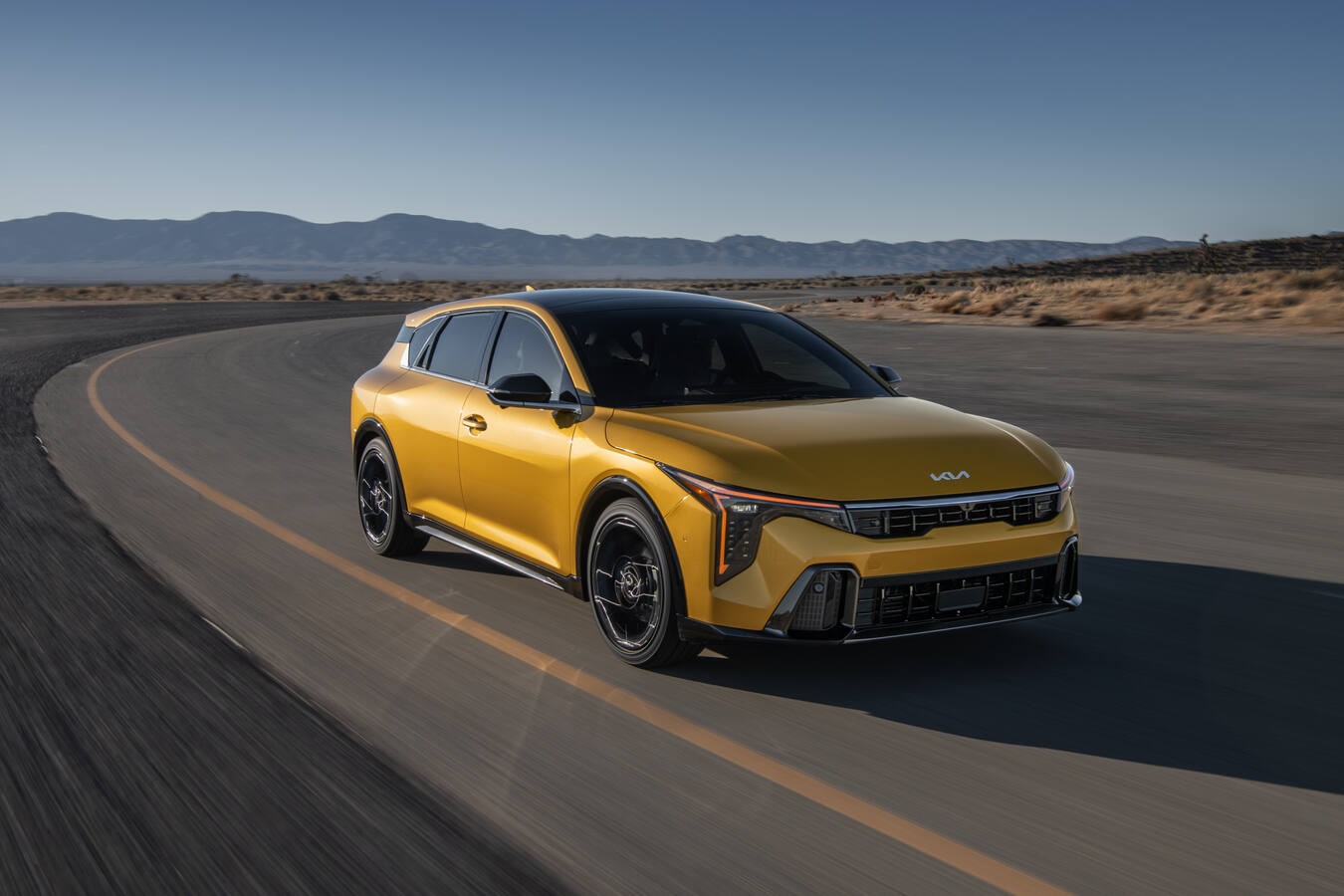The opening round of the 2020 Formula 1 World Championship will, as usual, be in Melbourne, Australia and it will go ahead next weekend despite concerns about the COVID-19 epidemic. Australia has not forbidden large-scale events (yet) unlike Switzerland which has stopped events with over 1,000 people. The Geneva International Motor Show was a ‘victim’ of the decree, having to be cancelled at the last minute.
However, for the second round in Bahrain on March 22, spectators will not be allowed into the circuit. Yes, you read that right – no spectators. Due to the COVID-19 epidemic, it will be a ‘closed-door event’ which will only rely on live internet and TV broadcasts. It’s not clear if the public will be allowed to attend the planned concerts which this year have Afrojack, Don Diablo and Khalid performing.
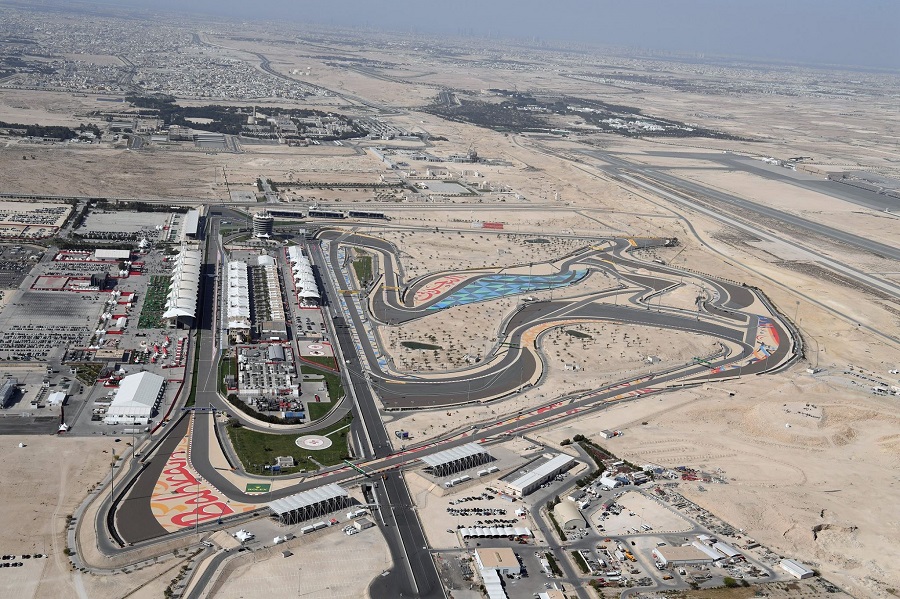
The statement from the organisers today said: “In consultation with our international partners and the Kingdom’s national health Taskforce, Bahrain has made the decision to hold this year’s Bahrain Grand Prix as a participants-only event.”
“As an F1 host nation, balancing the welfare of supporters and racegoers is a tremendous responsibility. Given the continued spread of COVID-19 globally, convening a major sporting event which is open to the public and allows thousands of international travellers and local fans to interact in close proximity would not be the right thing to do at the present time. But to ensure that neither the sport, nor its global supporter base, is unduly impacted, the race weekend itself will still go ahead as a televised event.”
“Bahrain’s own early actions to prevent, identify and isolate cases of individuals with COVID-19 has been extremely successful to date. The approach has involved rapid, proactive measures, identifying those affected by the virus, of which the overwhelming majority of cases relate to those travelling into the country by air. Aggressive social distancing measures have further increased the effectiveness of preventing the virus’ spread, something that would clearly be near impossible to maintain were the race to have proceeded as originally planned.”
The statement went on to acknowledge that many will be disappointed by the development, especially those planning to travel to the event, ‘but safety has to remain our utmost priority’. Up till today, data from the WHO and Malaysian Health Ministry shows that Bahrain has 85 cases of COVID-19 infections with no deaths (Malaysia has 93 cases, no deaths).
On its part, the FIA has not yet made any changes to the F1 calendar other than to cancel the Chinese GP scheduled in April (at the request of the organisers). Professor Gerard Saillant, President of the FIA’s Medical Commission, said an FIA Crisis Cell has been established and convenes every second day to consider the latest developments around the world.
“The FIA continues to closely monitor the situation and its implications, together with its Member Clubs and Promoters, and follows the advice of relevant authorities including governments and the World Health Organization (WHO). The FIA will evaluate the calendar of its forthcoming competitions and take any action required to help protect the global motorsport community and the wider public, including the postponement of competitions where necessary,” he said.

There is also growing concern in the F1 community as Italy’s northern region goes into lockdown to try to prevent further spread of the virus. Pirelli, the tyre suppliers, are located in Milan which is within the lockdown area while teams from Italy – Scuderia Ferrari and AlphaTauri F1 – are monitoring the situation. It is hoped that Australia, Bahrain and Vietnam, where the first three rounds are to be held, will be flexible on allowing personnel from Italy to enter.
Ross Brawn, F1’s Managing Director for Motorsport, feels that if any team is prevented from entering a country to participate in the race, then there should not be a race. His remarks to Reuters suggested that the race might still be run but ‘it won’t be a Formula 1 championship race’ because it would be unfair to the teams affected.
2020 F1 Chinese Grand Prix cancelled due to COVID-19 situation






